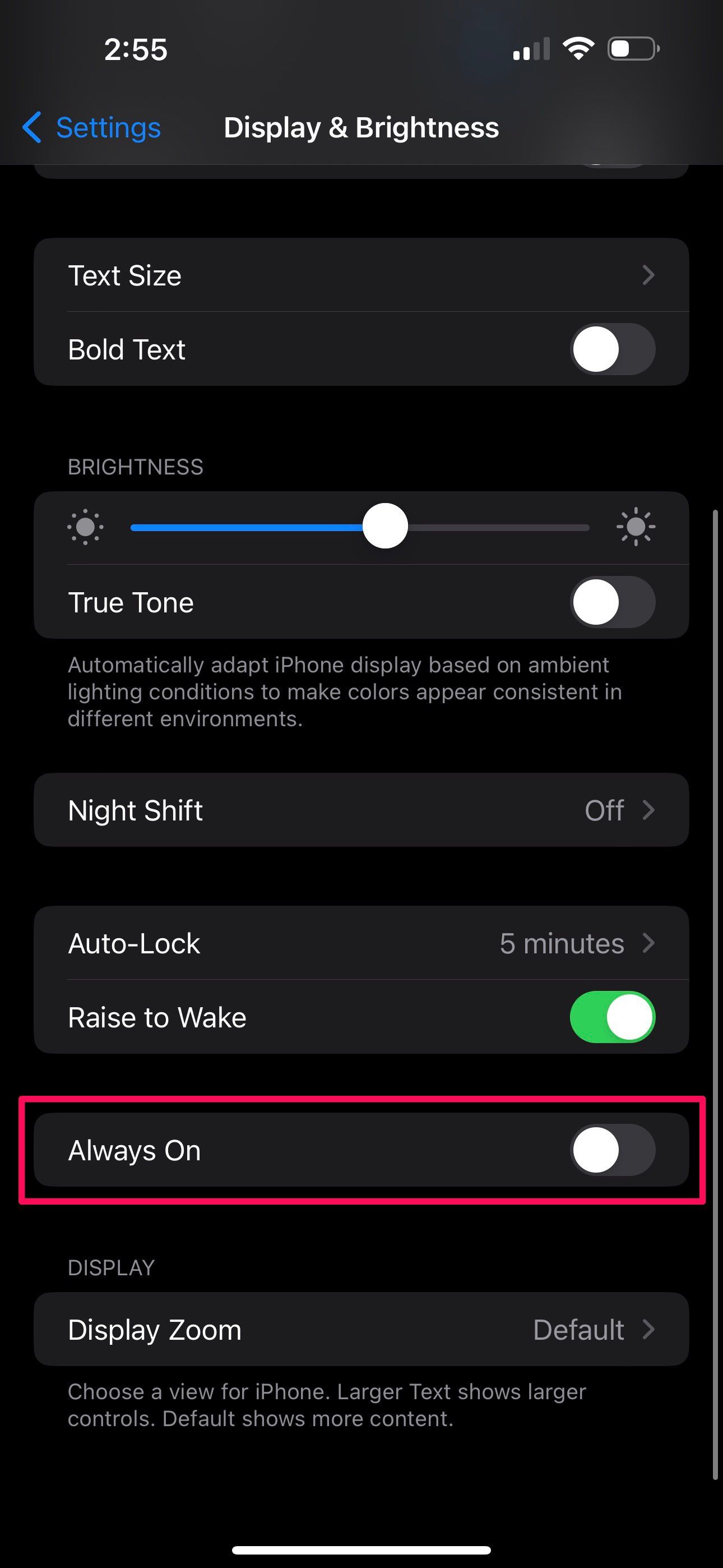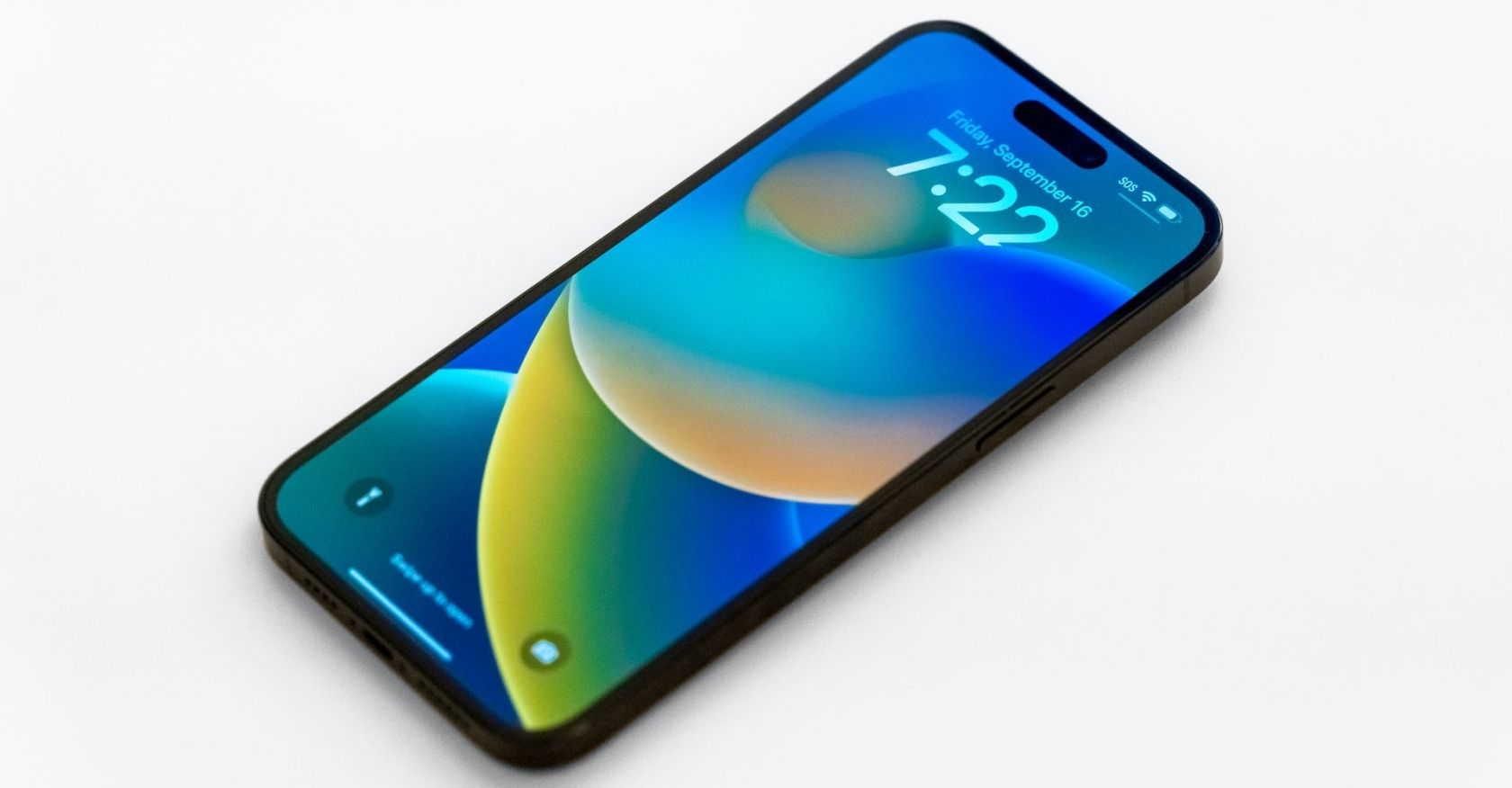How to Turn Off the Always-On Display on the iPhone 14 Pro
One of the biggest features of the iPhone 14 Pro is its always-on display, which is a first for any iPhone. While Apple’s implementation of the always-on display is a lot better than what we’ve seen on Android phones for years, it does have its own drawbacks, which we’ll get to below.
So if you recently bought an iPhone 14 Pro, you might want to disable this feature. But before we discuss why, let’s briefly dive into what the iPhone 14 Pro’s always-on display is all about.
What is always-on display?
Always-on display is a feature that keeps a smartphone’s display always on by limiting the information shown on the screen. Even when the phone is locked and asleep, you can see information such as the date, time, battery percentage, notifications, and certain widgets.
The Samsung Galaxy S7 was the first Android smartphone with an always-on display. And since the screen is mostly black when AOD is enabled, the feature works best on an OLED display, as individual pixels can be turned off entirely to save power, unlike an LCD screen.
Why would you turn off the iPhone 14 Pro’s always-on display?
Unlike Samsung’s implementation (and other Android manufacturers), Apple’s always-on display keeps the wallpaper active by dimming the brightness instead of turning most of the screen black. This is possible due to the updated ProMotion technology that can lower the refresh rate of the iPhone 14 Pro down to 1Hz.
As much as we love Apple’s implementation, the iPhone 14 Pro’s always-on display has two major drawbacks:
- Despite the 1Hz refresh rate, the always-on display still has a small impact on your iPhone’s overall battery life. This is one of the main reasons why the iPhone 13 Pro Max can offer better battery life than the iPhone 14 Pro Max.
- With Apple’s always-on display dimming the brightness instead of turning most of the screen black, there are concerns about OLED burn-in. You may be wondering how long it would take for your wallpaper to appear on the screen.
Whether you want to extend the battery life of your iPhone 14 Pro or avoid OLED screen burn-in in the long run, you should disable the always-on display feature on your device.
How to disable always-on display on iPhone 14 Pro
Fortunately, Apple allows users to turn off the always-on display at any time. You can do this in your iPhone settings by following these steps:
- open that settings App on your iPhone.
- Go to screen brightness.
- Here, scroll down and tap the Always on toggle to turn off the feature.


Now you can lock your iPhone to see if it goes completely black like all your older iPhones.
As long as Raise to wake up enabled, you can still see the time, notifications, and other important widget information when you pick up your iPhone. However, some users may also want to prevent iPhone from waking up.
Extend the battery life of your iPhone 14 Pro
Independent testers have confirmed that the 2021 iPhone 13 Pro Max still holds the battery crown, but disabling the always-on display on the iPhone 14 Pro models is a great way to bridge the gap between these devices minimize. Also, you don’t have to worry about screen burn-in or image burn-in on your iPhone after long-term use.
Keep in mind that disabling the always-on display is just one of the many ways to maximize your iPhone’s battery life. There’s so much you can do to extend your iPhone’s battery life, from dimming the brightness to enabling system-wide dark mode, using sleep mode, and so on. So if you want to keep the always-on display enabled, that’s fine too.
